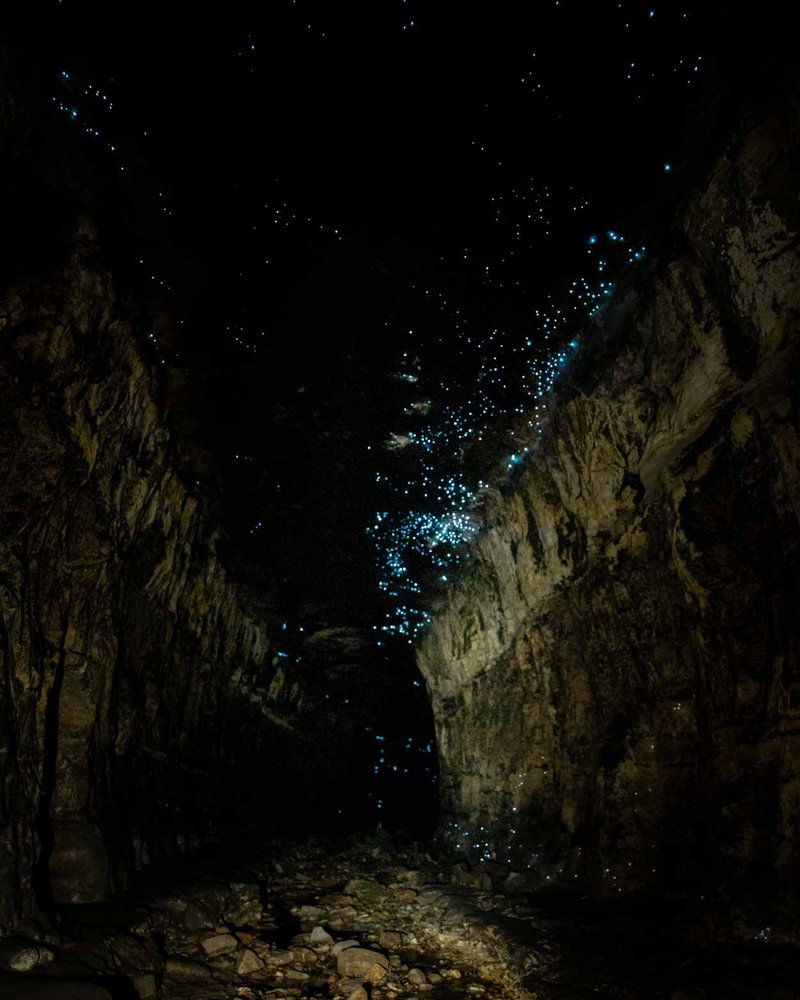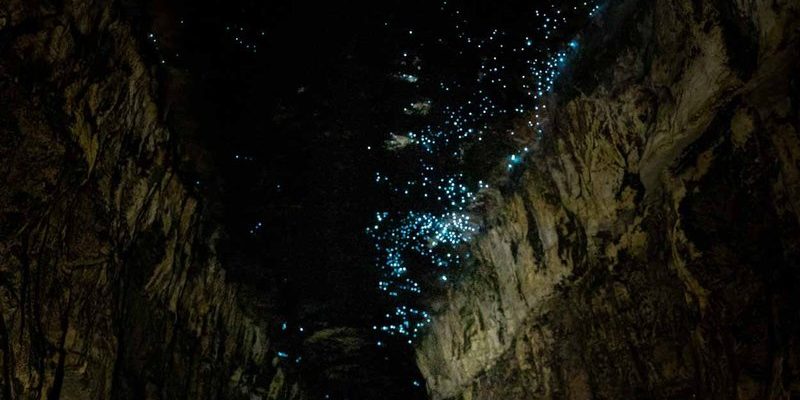
Mapping glow worm populations involves exploring specific forest trails, documenting where these creatures thrive, and understanding what draws them to certain areas. Just like an artist studying colors and using them to create a beautiful painting, researchers and enthusiastic nature lovers gather data to create a comprehensive picture of glow worm habitats. It’s a task that can be both exciting and deeply rewarding, but it also requires a bit of know-how. Let’s dive in!
Understanding Glow Worms and Their Habitats
Glow worms aren’t worms at all; they’re actually the larvae of beetles. These fascinating little beings produce bioluminescence, creating that magical glow we see at dusk. The light attracts insects, which the larvae then catch for food. They tend to inhabit moist, sheltered environments, often found in caves or forested areas.
When mapping glow worm populations, it’s important to understand what makes their habitat ideal. Factors like humidity, temperature, and food availability can influence where they settle. Generally, you’ll find them nestled in areas that offer protection from harsh weather and a source of food. So, when you’re out in the woods, keep an eye out for these conditions.
You might be wondering how this all connects to mapping. By identifying their preferred habitats, we can create a map that shows where glow worm populations are strongest. This information can be useful for conservation efforts, helping to protect these delicate ecosystems.
Tools You’ll Need for Mapping
Before you start your glow worm mapping adventure, it’s crucial to grab the right tools. Here’s a quick list of essentials:
- Notebook or Field Journal: To jot down observations, locations, and any interesting facts you notice.
- GPS Device or Smartphone: Use GPS apps to mark specific locations where glow worms are spotted.
- Camera: Document your findings with photos—this can help later with identification and sharing your experience.
- Headlamp: A hands-free light source is key for night-time explorations.
- Binoculars: For a closer look at glow worms without disturbing them.
These tools will help you capture accurate data and enhance your experience. With the right gear, you can easily record where glow worms are found and observe their behavior without causing them stress.
Choosing the Right Location
Not all forest trails are created equal when it comes to spotting glow worms. You’ll want to pick locations that meet the right environmental conditions. Look for:
- Moisture: Areas near streams or wet soil are ideal since glow worms thrive in humid conditions.
- Shade: Select paths that are shaded during the day; direct sunlight can be detrimental to their survival.
- Surrounding Flora: Healthy vegetation provides shelter and food, enhancing the chances of finding glow worms.
Before heading out, consider researching local spots known for glow worm sightings. Many communities and nature reserves share maps or guides, which can be super helpful. You might find a local group or forum that can share tips and tricks, making your adventure even more successful.
Mapping Techniques: Step by Step
Once you’ve gathered your tools and chosen a location, it’s time to get mapping! Here’s how to do it:
1. Scout the Area: Start by walking the trail at dusk, when glow worms are most active. Pay attention to the spots where you see the most glowing.
2. Mark Locations: As you find glow worms, use your GPS device or smartphone to mark their locations. It’s also helpful to take notes on their surroundings.
3. Photograph Findings: Snap some pictures of glow worm clusters, but be sure to keep your distance. Flash photography can disturb them!
4. Establish Patterns: After gathering data over several nights or locations, look for patterns. Are glow worms clustered in certain spots more than others? Why might that be the case?
This method not only helps map populations but also increases your understanding of the ecological dynamics at play in these forest trails.
Documenting Your Findings
Once you’ve gathered enough data, it’s essential to document everything properly. This not only helps you keep track of your own observations but can also be valuable for researchers and conservationists. Here’s how to organize your findings:
– Create a Database: You can use simple spreadsheets to log your data. Include columns for date, location, number of glow worms, and any notable observations.
– Write Up Your Findings: Share your observations in a narrative format. This could be for a local nature club, a school project, or even just for your own records.
– Share with the Community: Consider presenting your findings through local workshops or online forums to inspire others to appreciate and protect glow worms.
Making your findings available contributes to broader conservation efforts and increases awareness of this incredible species.
Conservation and Why It Matters
Mapping glow worm populations isn’t just about the thrill of spotting them; it’s also about conservation. Glow worms are sensitive to environmental changes, meaning their populations can decline due to habitat destruction, pollution, and climate change.
By creating detailed maps, we can identify areas that need protection and advocate for better environmental practices. It’s like being a steward of the forest, working to ensure that future generations can experience the magic of glow worms.
Additionally, engaging in glow worm mapping can raise awareness in your community about the importance of preserving these ecosystems. It’s a chance to educate others on sustainable practices that can protect not just glow worms, but all forms of life in our forests.
Final Thoughts
So there you have it! Mapping glow worm populations in forest trails can be an enriching experience, combining the thrill of exploration with the vital work of conservation. With the right tools and techniques, anyone can embark on this adventure.
Remember to respect the environment and the delicate balance of ecosystems while you’re out there. Each glowing little creature you encounter is part of a bigger picture, and your efforts can help keep this magical world alive for years to come. Happy mapping!

